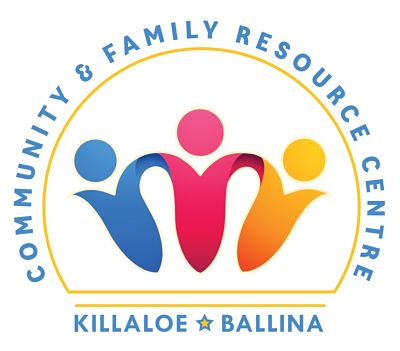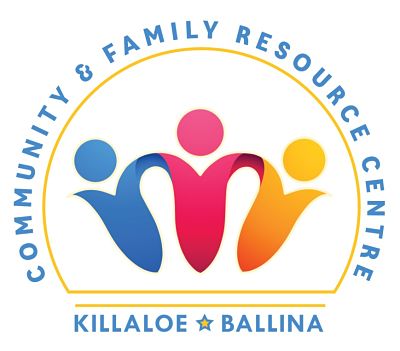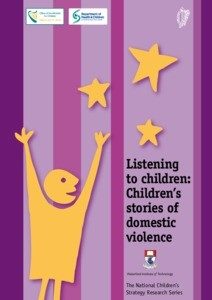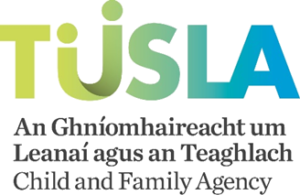Day 7: Children See Abuse
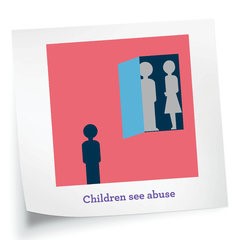 It’s day 7 of 16 Days and we further explore domestic violence and children. The majority of children living in a home where domestic violence is present are affected by the abuse.
It’s day 7 of 16 Days and we further explore domestic violence and children. The majority of children living in a home where domestic violence is present are affected by the abuse.
Children are victims of domestic violence both when directly targeted by the perpetrator of abuse and when witnessing the violence directed at their mother. Research has shown that there is a connection between domestic violence and child abuse and that witnessing the abuse is in itself a form of emotional abuse. (Listening to Children: Children’s Stories of Domestic Violence, Hogan, F. and O’Reilly M, Office of the Minister For Children, 2007)
Children may witness domestic violence in many ways. For example, they may be in the same room and may even get caught in the middle of an incident in an effort to protect their mother. They may be in the next room or they may be forced to witness sexual abuse.
Children can also be directly abused by the same perpetrator inflicting abuse on their mother. While abuse of children is a huge issue in itself, in domestic violence situations, actual or threatened abuse of children is often used as a controlling mechanism over women. The abuse of the mother and children often continues after separation, especially in the context of access visits and joint custody.
Children can experience both short term and long term effects as a result of witnessing domestic violence.
These can include:
– Feeling guilty, angry, insecure and anxious
– Having difficulty sleeping and/or experiencing nightmares or flashbacks
– Bed wetting
– Having a lowered sense of self-worth
– Experiencing difficulties in school
However, it is important to remember that some children may not exhibit any negative effects.
Women’s Aid will continue to highlight the links between child abuse and domestic violence and the best practice principle of protecting the child through protecting the non-abusive parent, usually the mother, who should be seen as the natural ally in child protection situations. Women’s Aid believes that this needs to be reflected in any changes to Family Law or Domestic Violence Legislation as well as in any Child Protection structures.
The HSE Practice Guide on Domestic, Sexual and Gender Based Violence For Staff working with children and families (2012) references the internationally recognised best practice model of child protection in the context of domestic violence by David Mandel & Associates (2011), the Safe and Together model. This ‘is a behaviour-based model and set on the premise that intimate partner violence is not located in the relationship but in the perpetrator’s choices and behaviour. Mandel argues that we have traditionally approached intimate partner violence through the lens of ‘why doesn’t the victim leave’ which inevitably leads to the non-offending parent being held responsible for keeping the child(ren) safe. Instead, the Safe and Together model recommends a paradigm shift based on a greater focus on the role of the perpetrator. Practitioners can achieve this through the consideration of 2 questions when assessing intimate partner violence situations particularly where there are child welfare and protection concerns: Ask about the perpetrator’s pattern of coercive control’ and get details of the abuse so a full assessment of the dangerousness and impact on the children can be made. Interventions with perpetrators are focused on changing these behaviour patterns. Also seek to ‘partner with the non-offending parent as default position’ by asking about the full spectrum of the non- offending parent’s efforts to promote the safety and well-being of the child’, validating those strengths and collaboratively safety planning with the non-offending parent. For full details on the model visit www.endingviolence.com
httpss://www.youtube.com/watch?v=pQ1tiTV-Ez4&feature=youtu.be
